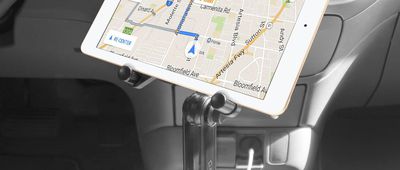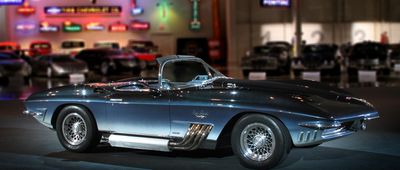Use What You've Got
As consumers, we interact with so many products on a regular basis that it's easy to overlook all of their features, even when they serve a specific purpose. In fact, many common items boast useful add-ons that can easily be mistaken for inconsequential elements of design, especially when they don't come with instructions. Here are some cleverly built-in functions you've probably been neglecting in your clothes, appliances, and more, plus how and why they came about.

































